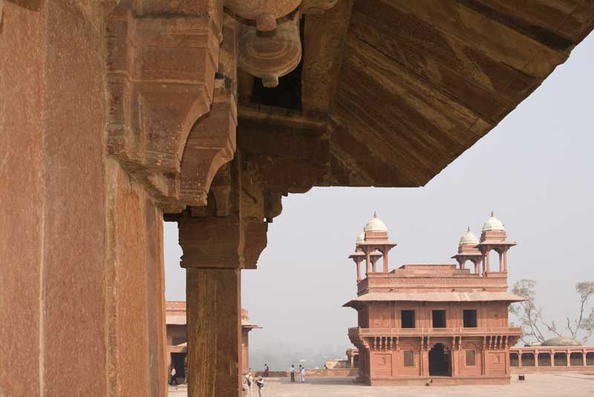- About Us
- Schemes
- Culture Scheme Dashboard
- Scheme of Financial Assistance for Promotion of Art and Culture
- Financial Assistance to Cultural Organizations with National Presence
- Cultural Function and Production Grant(CFPG)
- Financial Assistance for Preservation and Development of Cultural Heriatge of the Himalayas
- Financial Assistance for Development of Buddhist/Tibetan Arts and Culture
- Financial Assistance for Cultural Activities in Performing Arts for Building Grants Including Studio Theatres
- Financial Assistance for Allied Cultural Activities
- Financial Assistance for Promotion of Guru-Shishya Parampara (Repertory grant)
- National Mission on Libraries
- Financial Assistance for Construction of Tagore Cultural Complexes(TCC)
- Scheme of Financial Assistance under Seva Bhoj Yojna
- Scheme of Scholarship and Fellowship for Promotion of Art and Culture
- Museum Grant Scheme
- Scheme for Financial Assistance for Veteran Artists
- Scheme for Promotion of Culture of Science (SPOCS)
- Scheme for Safeguarding the Intangible Cultural Heritage
- Global Engagement Scheme
- Indian Conservation Fellowship Program (ICFP)
- Centenary and Anniversary Celebrations Scheme
- Mission
- ICR
- Commemorations
- CSL
- G20 CWG
- Contact Us
Fatehpur Sikri

Fatehpur Sikri
Uttar Pradesh
Fatehpur Sikri bears exceptional testimony to the Mughal civilization at the end of the 16th century. It offers a unique example of architectural ensembles of very high quality constructed between 1571 and 1585. Its form and layout strongly influenced the evolution of Indian town planning, notably at Shahjahanabad (Old Delhi).
The 'City of Victory' had only an ephemeral existence as the capital of the Mughal empire. The Emperor Akbar (1556-1605) decided to construct it in 1571, on the same site where the birth of his son, the future Jahangir, was predicted by the wise Shaikh Salim Chisti (1480-1572). The work, supervised by the great Mughal himself, was completed in 1573. In 1585, however, Akbar abandoned Fatehpur Sikri to fight against the Afghan tribes and choose a new capital, Lahore. Fatehpur Sikri was to be the seat of the great Mughal court only once more for three months in 1619, when Jahangir sought refuge there from the plague that devastated Agra. The site was then finally abandoned, until its archaeological exploration in 1892.
This capital without a future, some 40 km from Agra was, however, considerably more than the fancy of a sovereign during the 14 years of its existence. The city, which the English traveller Ralph Fitch considered in 1585 as 'considerably larger than London and more populous', comprised a series of palaces, public buildings and mosques, as well as living areas for the court, the army, servants of the king and for an entire population whose history has not been recorded.








